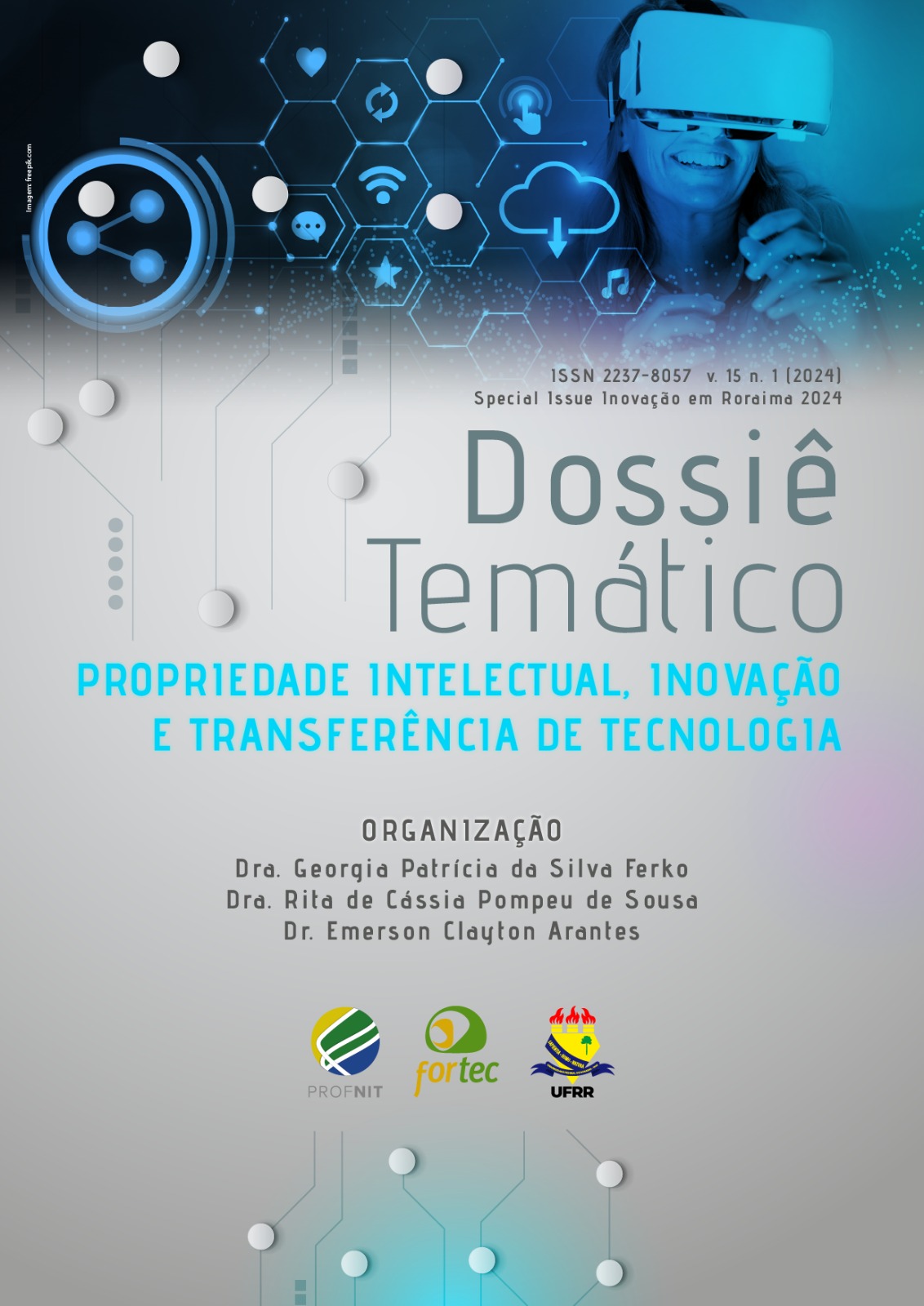Produção do Abacaxi na região de Frutal-MG
DOI:
https://doi.org/10.18227/2237-8057rarr.v15i1.8169Keywords:
Intellectual propertyAbstract
This work addressed aspects of pineapple production and intellectual property in the Frutal-MG region. Located in the Minas Gerais triangle, this region stands out in pineapple production on the state and national scene. Although it is a reference, the development of this crop occurs slowly with the use of traditional techniques resulting from family farming by small and medium-sized producers, which are often unable to overcome climate change and pest attacks. Technological advances have impacted different sectors of the economy, agribusiness is constantly affected by these innovations, aligning sustainable development with increased productivity and profitability. In this sense, the protection of industrial property plays a fundamental role in guaranteeing security and promoting developments in the agricultural sector. Given the context, the work aims to analyze the productive aspects of pineapple and the ways of using intellectual property in the region of Frutal/MG, using a deductive and qualitative approach, bibliographic and documentary review with an emphasis on the technological diagnosis of pineapple production. in the Frutal/MG region. The results showed that the Frutal-MG region can benefit from technological innovations aimed at agribusiness, in addition to being able to protect itself with the benefits arising from intellectual property. The importance of investments in research and development and the role of science and technology institutions in the technology transfer process is concluded. The work contributed to the identification of factors that limit the production of pineapples, allowing the targeting of actions towards growth and improvement of forms of use of intellectual property, such as, for example, the use of new cultivars that are more resistant to pests in the region, or through the creation of collective brands to improve gains from production, in addition to forming partnerships with entities that bring this knowledge directly to producers, gaps that can be filled and encouraged.
Downloads
Published
Issue
Section
License
Copyright (c) 2024 Journal of Management of Roraima-RARR

This work is licensed under a Creative Commons Attribution 4.0 International License.
Authors who publish with this journal agree to the following terms: 1.Autores retain copyright and grant the journal right of first publication with the work simultaneously licensed under the Creative Commons Attribution allowing work sharing with acknowledgment of its initial publication in this journal. 2. Authors are able to take on additional contracts separately for non-exclusive distribution of the version of the paper published in this journal (ex .: publish in institutional repository or as a book), with an acknowledgment of its initial publication in this journal. 3. Authors are permitted and encouraged to post their work online (eg .: in institutional repositories or on their website) prior to and during the submission process, as it can lead to productive exchanges, as well as increasing impact and citation of published work The Effect of Open Access .




